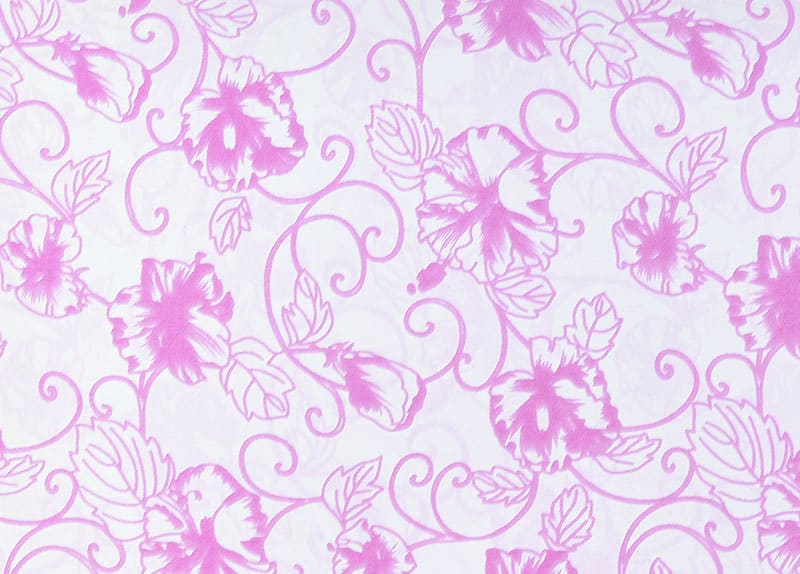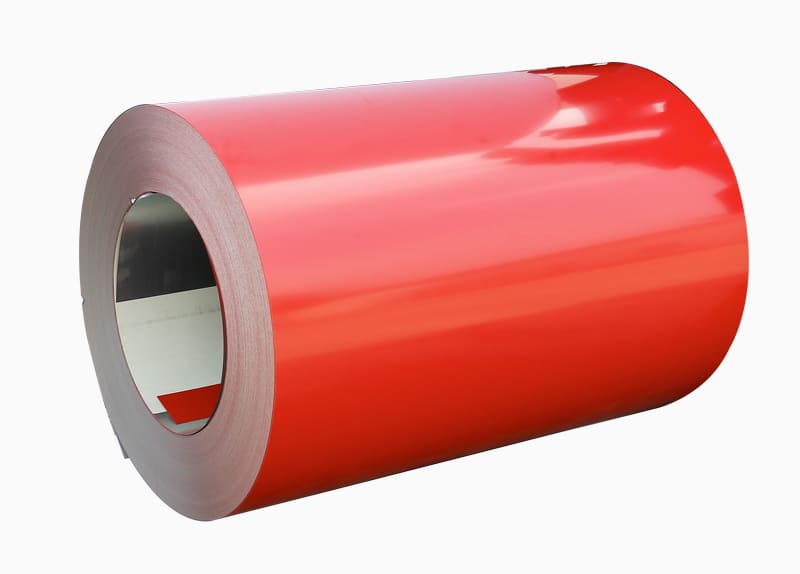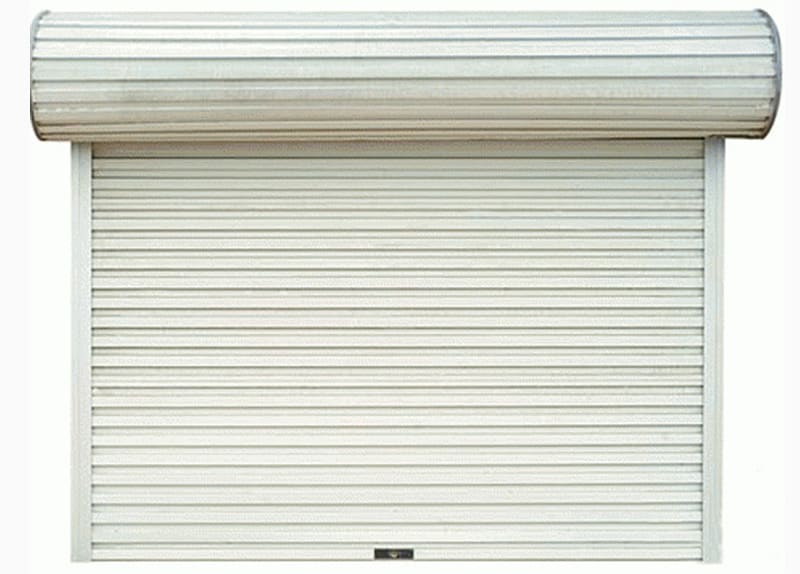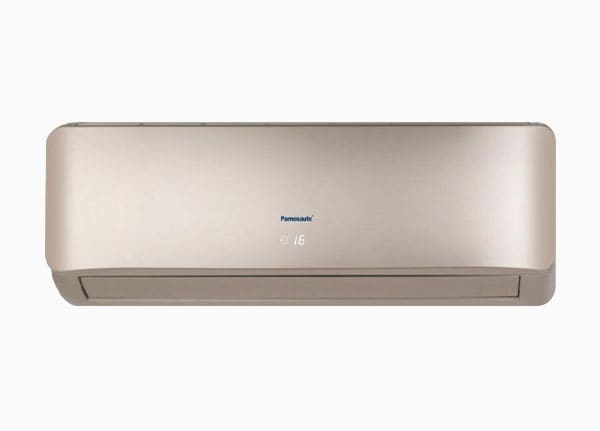- no.8,zaolin road,
longxiang street,
tongxiang,zhejiang,china - +86 573 89381086[email protected]
- DownloadsPDF Brochures
Architects and builders today face increasing pressure to deliver projects that balance aesthetic innovation with sustainable practices. Enter printed Pre-Painted Galvanized Iron (PPGI) coils—a game-changing material that is redefining how structures are designed and constructed. With their ability to merge artistic flair with engineering excellence, printed PPGI coils have become a cornerstone of contemporary architecture.
Bridging Form and Function
One of the most compelling aspects of printed PPGI coils is their capacity to serve dual purposes. Traditionally, building materials were chosen based either on their visual appeal or their functional properties. Printed PPGI coils eliminate this trade-off by offering both. For instance, imagine a commercial building wrapped in a facade that resembles rich mahogany wood but is actually made of durable steel. Such designs not only elevate the structure's curb appeal but also ensure it remains resilient against weathering and decay.
This fusion of form and function has led to a surge in demand for printed PPGI coils among architects aiming to push creative boundaries. From residential homes to large-scale industrial complexes, these coils enable designers to experiment with bold colors, textures, and patterns without sacrificing structural integrity.
Sustainability Meets Innovation
Sustainability is no longer just a buzzword; it’s a necessity. As the construction industry strives to reduce its carbon footprint, materials like printed PPGI coils play a pivotal role. Their production involves fewer resources compared to traditional alternatives, thanks to streamlined manufacturing processes. Furthermore, the extended lifespan of PPGI reduces the frequency of replacements, thereby minimizing waste generation.
Additionally, advancements in digital printing technologies have made it possible to produce photorealistic finishes on PPGI coils using eco-friendly inks. This means that even the most elaborate designs can be achieved without harming the environment. Architects committed to green building standards find printed PPGI coils particularly appealing because they contribute to LEED certifications and other sustainability benchmarks.

A Catalyst for Urban Transformation
Urban landscapes are undergoing rapid transformation, driven by population growth and technological progress. In this context, printed PPGI coils offer a way to harmonize modernity with tradition. Historic districts, for example, can benefit from renovations using PPGI coils that mimic classic brickwork or stonework, preserving cultural heritage while integrating cutting-edge materials.
Similarly, futuristic skyscrapers and public infrastructure projects increasingly incorporate printed PPGI coils to achieve distinctive looks. Imagine a subway station adorned with vibrant murals printed directly onto PPGI panels, transforming a mundane commute into an immersive experience.
Looking Ahead
The future of printed PPGI coils looks promising, with ongoing research focused on enhancing their capabilities. Scientists are exploring nanotechnology-based coatings that could make these coils even more resistant to extreme weather conditions. Meanwhile, artificial intelligence is being leveraged to optimize printing precision, enabling hyper-realistic textures and gradients.
As the architectural world embraces printed PPGI coils, one thing is clear—they represent more than just a material choice. They symbolize a shift towards smarter, greener, and more imaginative approaches to design and construction. Whether you're an architect, builder, or homeowner, printed PPGI coils offer endless opportunities to bring your vision to life while staying aligned with the demands of the 21st century.

With high anti-rust performance, they are popular used in co...

PPGI / PPGL COIL full name is prepainted galvanized / galval...

Port:Zhejiang,China Advantages of Our Prepainted Galvanized ...

APPLICATION OF PPGI Construction:Outside:Workshop, agricultu...

